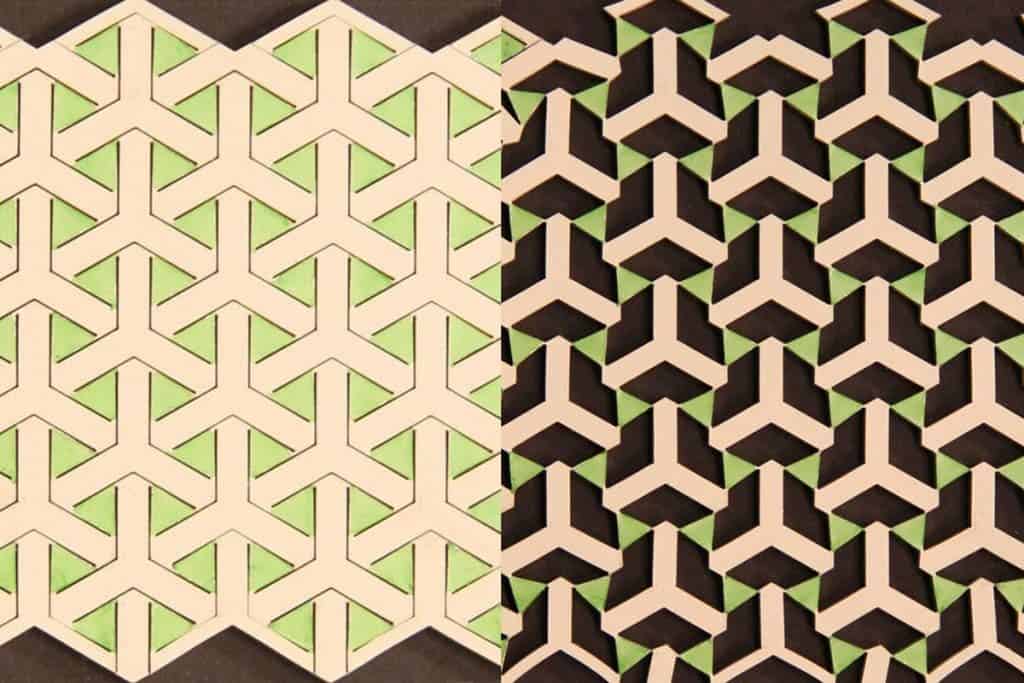A new type of metamaterial that can grow when stretched, with possible applications for medical equipment and satellites, was inspired by an unlikely source — ancient Islamic art.
Most materials, such as cotton, plastic or rubber, stretch in one direction and become thinner in another when you pull on them. Some metamaterials however, a class of materials engineered specifically to have properties that don’t occur naturally, can be designed to grow as you pull on them.
It all comes down to the way they’re structured at a microscopic level. If you zoom in enough, you’ll see that they’re typically made up of a series of interconnected squares. When pulled apart, these squares turn relative to one another, increasing the total volume of the material — in essence, becoming larger. But this comes at the price of losing the original shape of the material as it expands.
Ahmad Rafsanjani and Damiano Pasini of McGill University in Montreal, Canada, set out to create a material that would grow when stretched but keeps its form. And they turned to the beautifully intricate geometry of ancient Islamic arhitecture.

Image credits A Rafsanjani/McGill University.
“There is a huge library of geometries when you look at Islamic architectures,” says Rafsanjani.
The team picked their designs out of the over 70 patterns adorning the walls of Iran’s Kharragan towers, two mausoleums built in 1067 and 1093 in the northern part of the country. The mausoleums are decorated with intricate patterns of both repeating and alternating shapes, separated by either parallel or circular cuts.
Based on the same design features, the team fashioned the new metamaterial from natural rubber. When pulled on, it can expand into a larger volume that the original by leaving open spaces in between the shapes.
“I introduced some cuts and some hinges, but the pattern is exactly the same,” says Rafsanjani.

Image credits A Rafsanjani/McGill University
Rafsanjani presented the materials at a meeting of the American Physical Society in Baltimore, Maryland, on 15 March.
The ability of the material could make it useful for an array of applications, such as inserting medical devices inside veins and arteries, or deploying new satellites that unfold in space.


